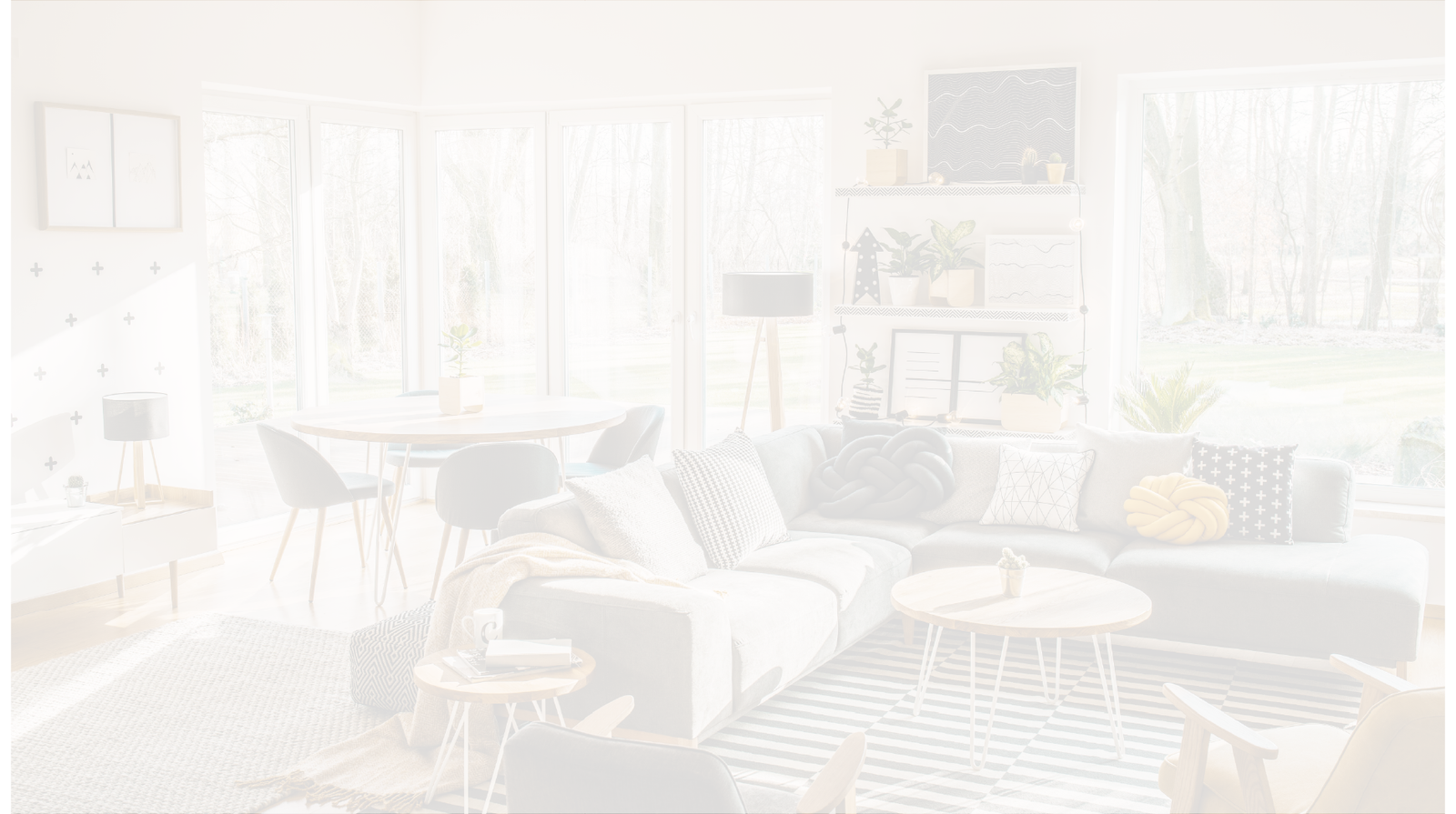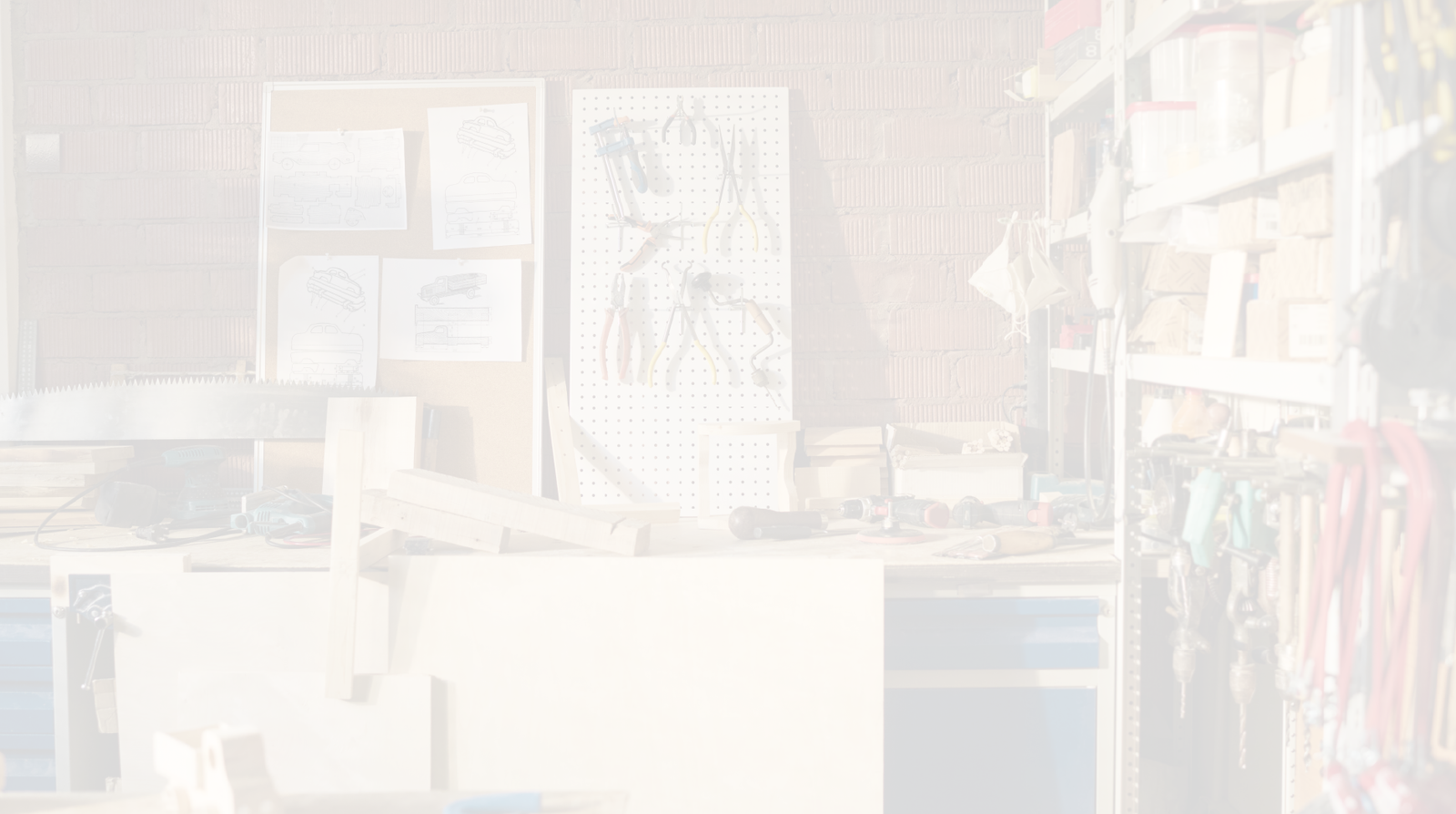We’ve discussed many spaces where we usually hang pictures or see art displayed, from our own homes to art galleries and business establishments. We also have gotten to know the types of people who are the most involved in the picture hanging world—among them, artists.
But one picture hanging space we haven’t quite explored yet is the place where artists work their magic: their art studios!

We’ve often talked about how to hang art in our living spaces, our work areas, in busy commercial areas, and even how to host an art exhibition. But for artists, their art studio is all of the above—it’s their workshop, it might be part of their home or they might even practically live in it, and it’s also where they might conduct business with art dealers, galleries, and other guests interested in their work.
In short, a lot goes on in an art studio! So much so that you have to carefully utilize the space you have for both displaying your work and storing materials, equipment, and even more of your portfolio. That’s why in this article, we’ll tackle this exciting dilemma with essential hardware solutions that can help with storing and picture hanging in an art studio, and everything else in between.
Let’s begin!
What is an art studio?
In the most straightforward terms, an art studio is a dedicated space where an artist works on their craft and creates art. But just as there are many forms of art and numerous artistic fields, there are also many different types of art studios. They vary by purpose, size, location, capacity, etc. Above all, each studio is unique to an artist and their needs. A painter who works with acrylics, for instance, would not require as much ventilation or would not work well in the same atelier as a potter or wood sculptor.



Left to right: Sharif Makhale’s Queens studio, Bruce Grimes’ Ohio studio, Claudia Kaak’s Heppenheim studio
An art studio will sometimes be an extra room in the artist’s house, or a wholly separate location in a different building. They may share it with other artists, like a communal studio, or have the place to themselves, which is often the case. For some artists, their studio also serves as a “mini gallery,” as visual artist Ilia Chidzey puts it to Very Private Gallery, where visitors and walk-ins can help themselves to a curated art display during studio visits and open-studio events.
But too often, the place will have limited room, or if quite spacious, it will soon become crowded with the buildup of artwork and equipment over the years. This is a common predicament for many artists, no matter the type of studio they have.
Essential hardware solutions for art studios
As Chidzey and painter Mary Chant attest, you can never have enough space in an art studio. That’s why good hanging and storage solutions that allow an artist to maximize their square footage are of the essence in this type of space. Here are our recommendations that will serve the needs of artists and their art studios well:

Use them for: Expansive storage systems
First up is an essential piece of hardware that can secure just about any storage system: French cleats. Be it a row of cabinets, wall-to-wall pegboards, bulletin boards, or corner shelving, light or bulky, cleats and their mighty weight capacity will hold them fast to the wall.

Use them for: Displaying artwork on the wall
Wall hooks are the most common way to hang up artwork, and for good reason. Traditional picture hooks are nondescript and uncomplicated, reliable and able to carry a wide range in weight capacity.

Use them for: Displaying wooden pieces on the wall
If you’re an artist who works with canvas or pieces with wooden frames and paneling, D-rings will be indispensable for your mini gallery art display. Use this picture hanging hardware to fix frames and wooden art and decor onto wall hooks, nails, or screws.

Use it for: Displaying special pieces or propping up work materials
When you’re done working on a piece on your easel, why not move it to a mini easel for display? A mini acrylic easel is perfect for showcasing a special piece on a tabletop or on a shelf. You can use two easels for larger works. It’s also great for propping up a book, decorative ceramics, or a memo or sketchpad for reference while you work.

Use it for: Displaying art or hanging up items on brick
If your studio is bordered by exposed brick, use a brick clip to easily mount art or decor on the thick substrate without damaging it. Each clip supports up to 30 lbs of weight and grips brickwork securely while being readily adjustable.

Use them for: Organizing items on slatwall panels
Many workshops and garages are fitted up with a slatwall system, and slatwall hooks conveniently allow you to make the most of that vertical real estate. These hooks can help organize your space by keeping hardware, art supplies, and cleaning tools visible and accessible in one place.

Use them for: Displaying works or decor overhead
Speaking of vertical real estate, the ceiling is always an option for those hard up for space. If your art studio has a drop ceiling installed, try out ceiling grid hooks for displaying pictures overhead. This approach also has great appeal to photo studios and is a nice alternative if you want to hang decor, like planters, while keeping them out of the way.

Use them for: Displaying plates on the wall
Perhaps you have a pottery studio or you’re a ceramic artist with some select plates you want to highlight as part of your work. It can be difficult to find a secure way to hang up crockery, but we recommend plate hangers for the job. These are designed with a spring mechanism and protective rubber tips and can safely hold up as much as 30 lb-plates.

Use it for: Heavy storage systems
As for the non-plate ceramic pieces that are safe and sound in a storage cabinet or laid out on shelving, since we can’t leave them hanging, you can make sure they sit tight by employing an anti-tip kit for them. This will prevent any big furniture or cabinetry with a heavy, especially fragile, load from tipping over.

Use them for: Elevating furniture
Have you ever found yourself wishing a worktable or a stool was a little bit higher? Leveling feet are a quick solution that elevates furniture and gives it up to 1 ¼” in additional height. Each foot supports up to 100 lbs, so install one on each furniture leg to comfortably support up to 400 lbs of an elevated desk, chair, or dresser and its load.

Use them for: Reducing noise from furniture and cushioning objects and pictures
We swear by bumpers because these tiny adhesive pads are useful in so many ways: they keep pictures flat on the wall, protect the wall from scratches, elevate items, and serve as feet for electronics. They also help soundproof a space by dampening noise and impact from drawers and cabinets.
Picture hanging hardware for extra secure displays
You might have in your possession pieces of art that you deem particularly valuable and call for more security than a few sturdy hangers. Or you might live in an area prone to earthquakes or similarly disruptive occasions. Whatever the reason, an extra secure art display never hurts.

If you’ve ever thought to yourself, “Man, I wish I could lock this artwork to the wall and make it virtually impossible to take down,” then you’re in luck, because that’s the whole idea behind a security kit. After hanging up a work as you usually would, bring out a security kit so you can bolt precious art to the wall that only you can unlock.

Tremor hooks are like traditional picture hooks, but specially tweaked so they’re much more resilient in the event there is shaking or swaying in an area—including something as mundane as a door slam.
Final thoughts
The best hardware for your art studio optimizes your routine and can go even beyond picture hanging and storage, so you can be comfortable and at ease while you work and feel a lot less cramped. Now you’ve got an enviable array of hardware to showcase your best work, improve your storage arrangement, and still have space to spare for some decor, if we do say so ourselves.
How was working in your art studio before and after you found this guide? Share your thoughts with us in the comments and happy hanging!





Leave a comment (all fields required)